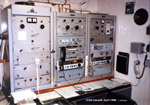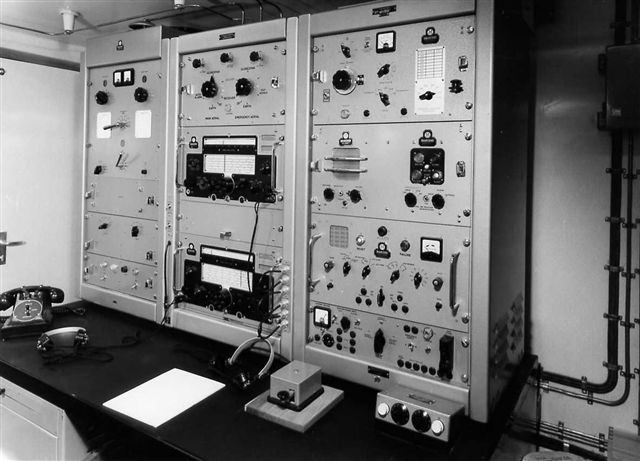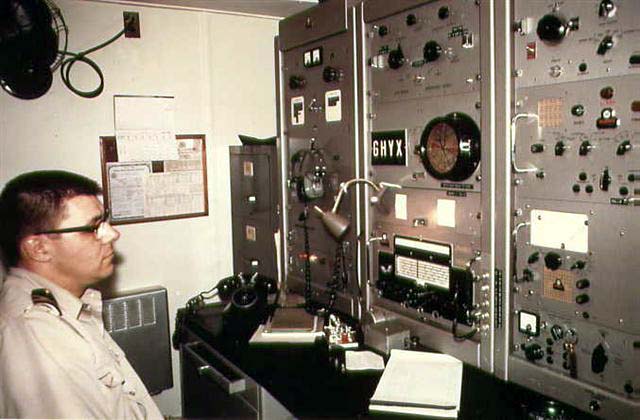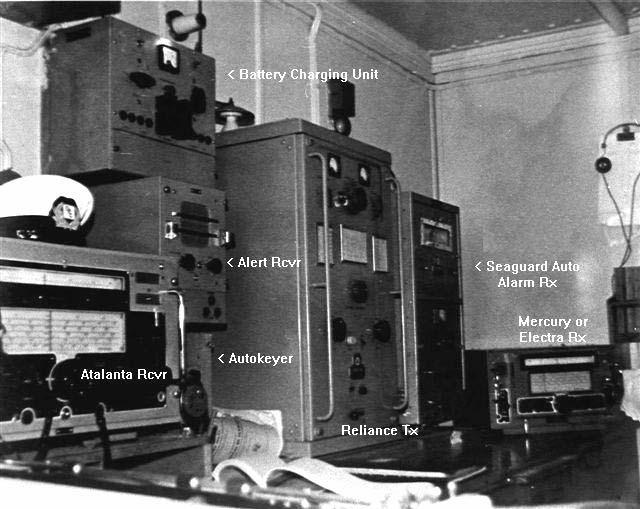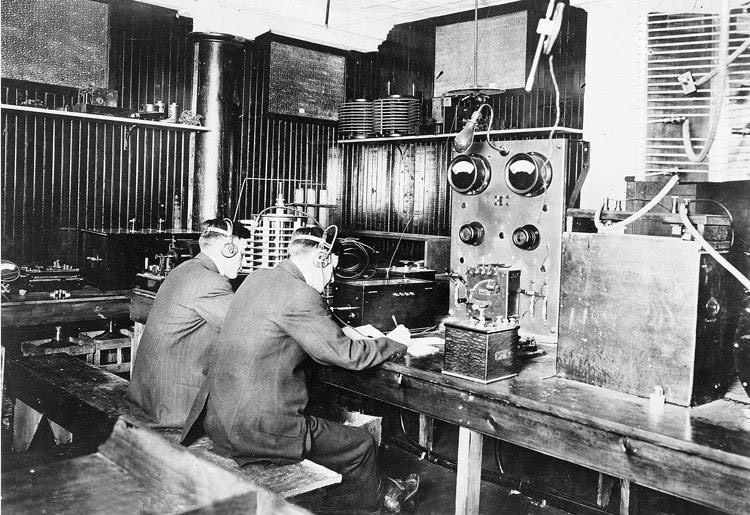 |
| 1912: The Marconi wireless school in New York City with operators copying messages transmitted from ships at sea. (Photo via E-bay) |
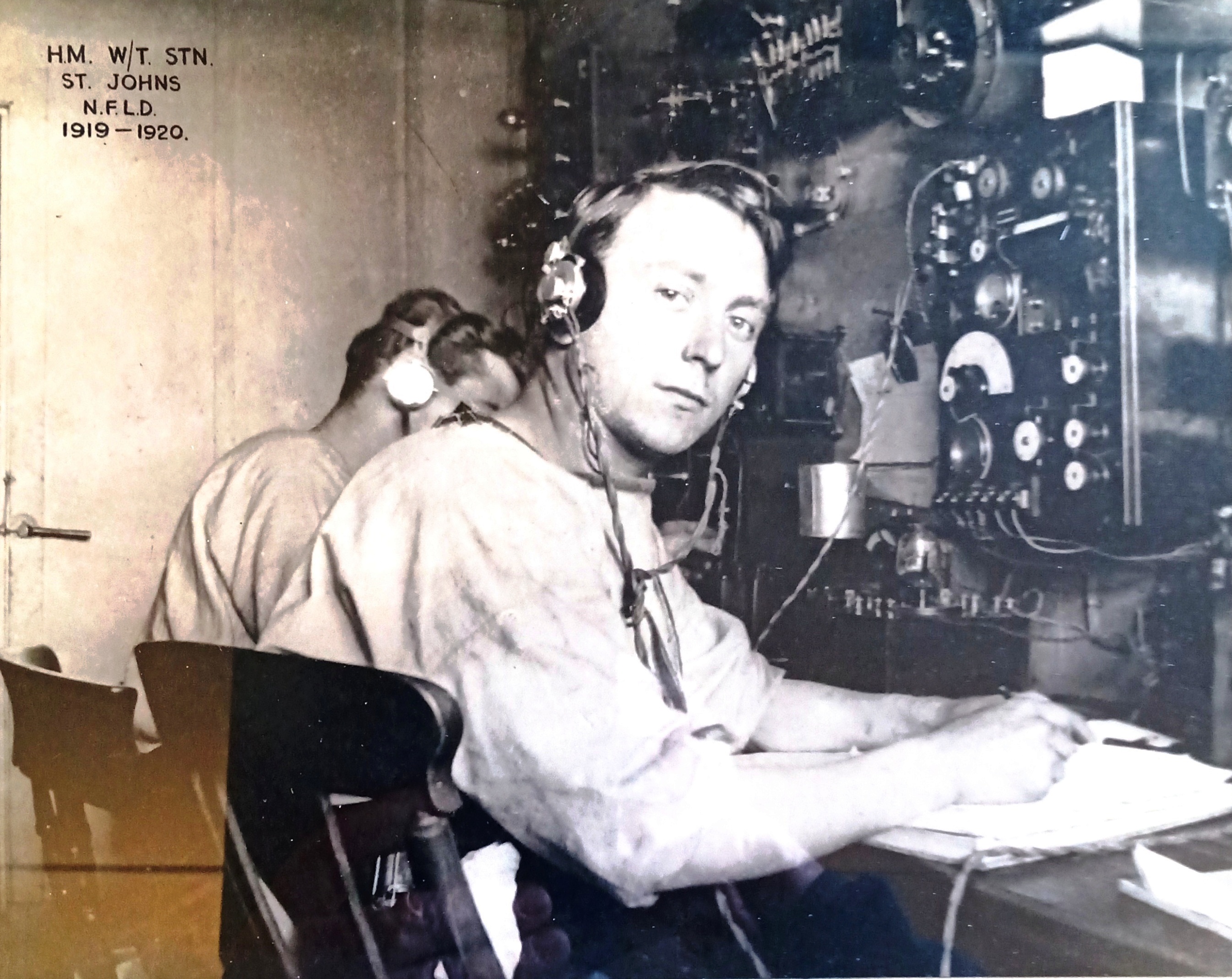 |
| HM Royal Navy shore station BZM in St. John's Newfoundland taken around
1919-1920.
At the controls of a Type 'L' receiver is George Tagg, G8IX, Royal
Navy Amateur Radio Society member #001. He was also one of the co-founders
of the RNARS. Click on image to enlarge. (Image provided by Clive Kidd)
H.M. Wireless Station BZM , St/ John's is located and still standing in what is now Mount Pearl. The operations building where this photo was almost certainly taken burnt down at some point (uncertain as to when) but the residential building is still standing! It operated as a wireless station until 1922,. Was sold to a local farm family as a farmhouse, became an office building for the NL Housing Corporation in 1973-1988, and then became a museum in 1997. Model 'L' receiver schematic. It uses valve No R2, pattern 3987 or valve No R4, Pattern 4411.” (Provided by Clive Kidd) |


